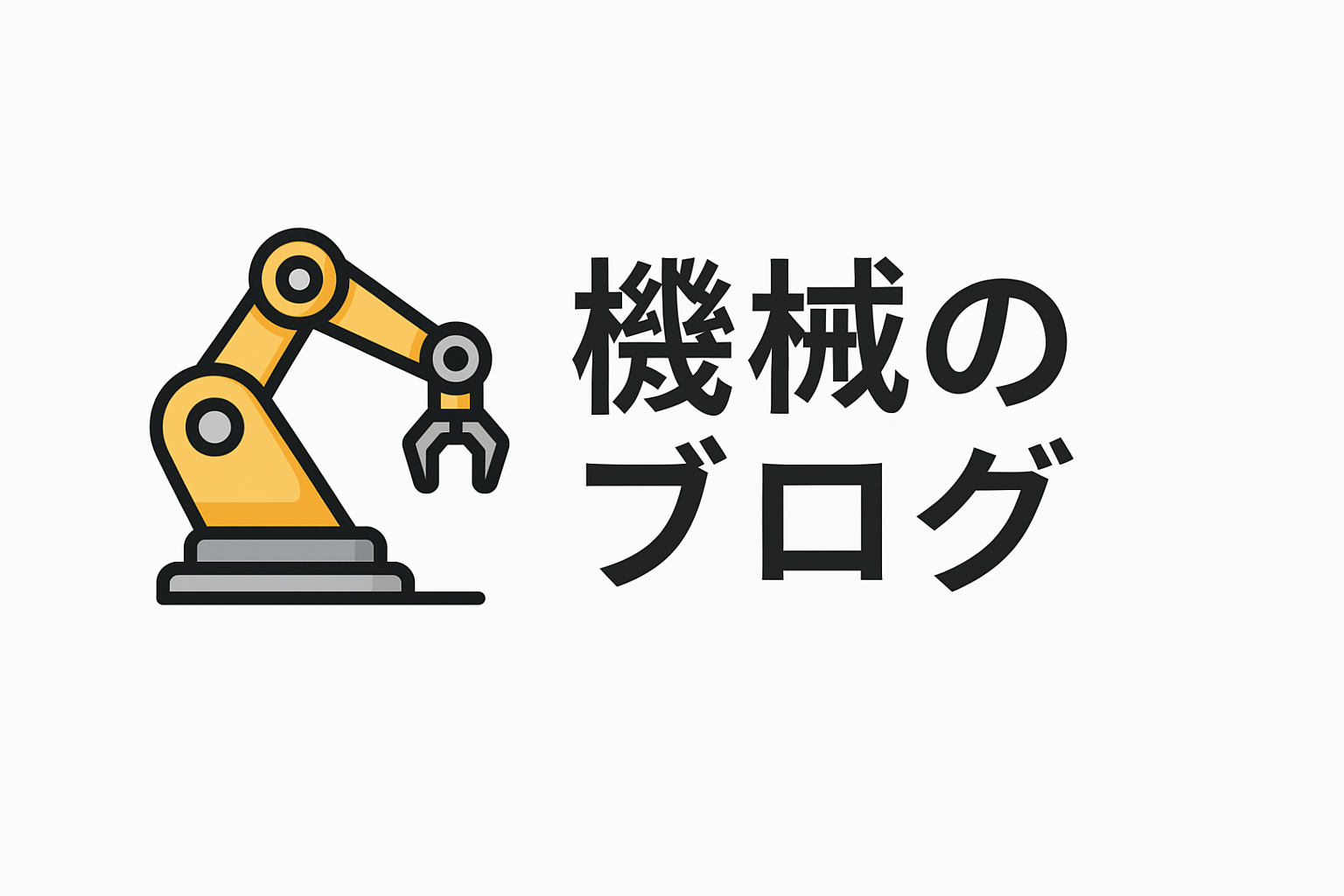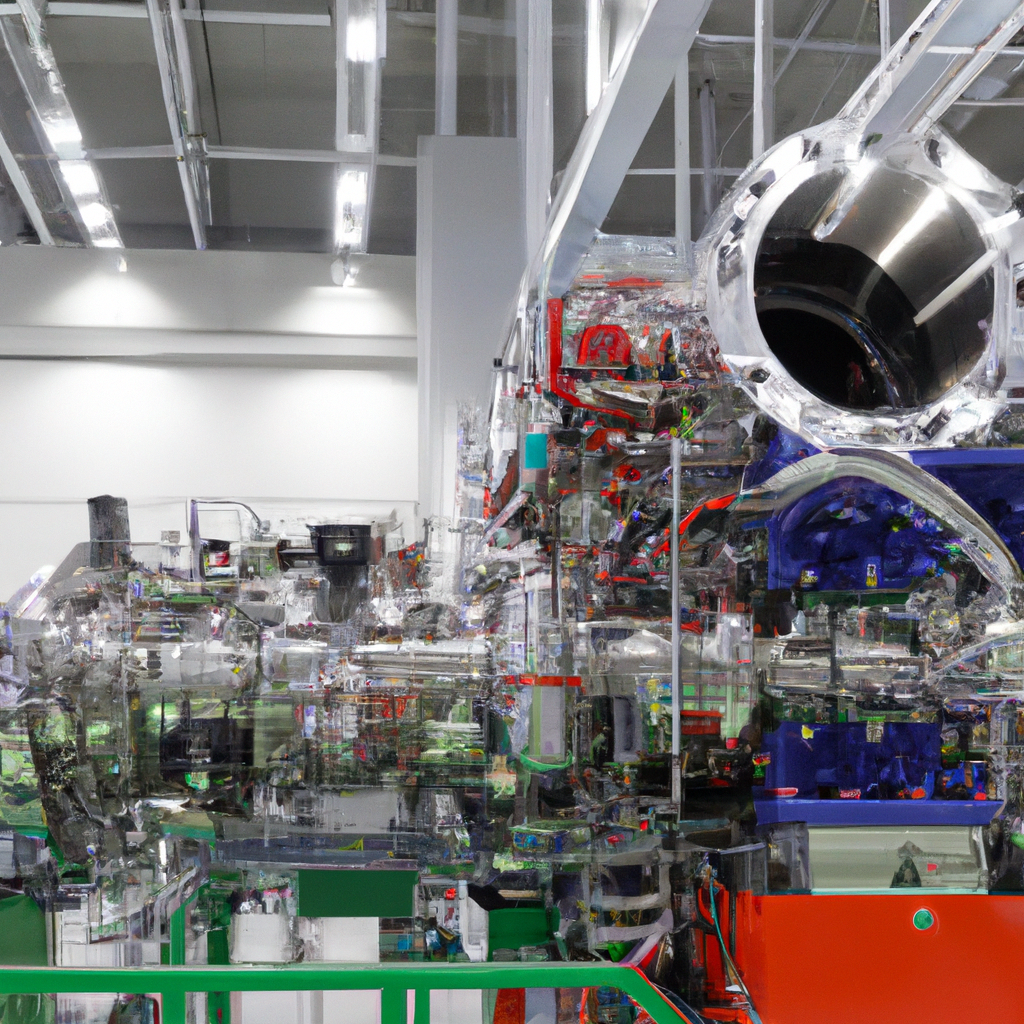Future of Automation in Machine Tools
The realm of manufacturing is undergoing a revolutionary transformation, driven by the relentless march of automation. In the machine tool industry, automation is not just a trend but a pivotal force reshaping the landscape. As we navigate the future, understanding the implications of automation in machine tools becomes crucial for professionals in the sector. This article delves into the prospects of automation in machine tools, exploring its impact, advancements, and future potential.
1. The Current State of Automation in Machine Tools
Automation in machine tools has evolved significantly over the past few decades. Initially, automation was limited to basic tasks such as loading and unloading of materials. However, technological advancements have propelled automation to new heights, encompassing complex processes like precision machining and multi-axis operations.
Today’s machine tools are equipped with sophisticated Computer Numerical Control (CNC) systems, which enable precise control over machining operations. These systems are further enhanced by integration with robotics, sensors, and artificial intelligence (AI), creating a seamless and efficient manufacturing environment. The current state of automation is characterized by increased productivity, reduced human error, and enhanced safety in operations.
2. Key Technologies Driving Automation
Several key technologies are driving the automation revolution in machine tools. Understanding these technologies is essential for professionals seeking to stay ahead in the industry.
2.1 Robotics
Robotics play a crucial role in automating machine tool operations. Advanced robotic arms and automated guided vehicles (AGVs) are now commonplace in manufacturing facilities. These robots handle tasks such as material handling, assembly, and quality inspection with precision and speed, significantly reducing cycle times and labor costs.
2.2 Artificial Intelligence and Machine Learning
AI and machine learning have become integral components of automated machine tools. These technologies enable predictive maintenance, real-time monitoring, and adaptive control systems. By analyzing data collected from sensors, AI algorithms can optimize machining processes, predict failures, and even suggest corrective actions, leading to improved efficiency and reduced downtime.
2.3 Internet of Things (IoT)
The IoT connects machine tools to a network of devices, allowing for seamless data exchange and communication. This connectivity enhances operational visibility and enables remote monitoring and control. IoT-driven automation facilitates smart manufacturing, where data-driven decisions are made to optimize production schedules, supply chain management, and energy consumption.
3. Benefits of Automation in Machine Tools
The adoption of automation in machine tools brings a multitude of benefits, making it an indispensable element of modern manufacturing.
3.1 Increased Productivity
Automated machine tools operate continuously without fatigue, resulting in higher throughput and faster production cycles. This increased productivity allows manufacturers to meet growing demand and reduce lead times.
3.2 Enhanced Precision and Quality
Automation minimizes human intervention, thereby reducing the likelihood of errors. Machine tools equipped with advanced sensors and AI algorithms ensure consistent precision and quality in every manufactured component, enhancing the overall product value.
3.3 Cost Efficiency
While the initial investment in automation technology can be significant, the long-term cost savings are substantial. Reduced labor costs, minimized material waste, and lower maintenance expenses contribute to improved profitability for manufacturers.
4. Challenges in Implementing Automation
Despite the numerous advantages, implementing automation in machine tools presents several challenges that manufacturers must address.
4.1 High Initial Costs
The cost of acquiring and installing automated systems can be prohibitive for small and medium-sized enterprises (SMEs). Manufacturers must carefully assess their return on investment and explore financial incentives or partnerships to offset initial expenses.
4.2 Workforce Adaptation
The shift towards automation requires a skilled workforce capable of operating and maintaining advanced systems. Manufacturers need to invest in training and upskilling programs to ensure their employees can effectively work alongside automated technologies.
4.3 Integration Complexity
Integrating disparate systems and technologies within a manufacturing environment can be complex. Ensuring compatibility and seamless communication between various components is crucial for successful automation implementation.
5. Future Trends in Machine Tool Automation
As technology continues to evolve, the future of machine tool automation holds exciting possibilities.
5.1 Collaborative Robots (Cobots)
Cobots are designed to work alongside humans, enhancing productivity and safety. These robots are equipped with advanced sensors and AI, allowing them to adapt to changing environments and collaborate effectively with human operators. The adoption of cobots is expected to grow, particularly in SMEs, where flexibility and adaptability are key.
5.2 Autonomous Machine Tools
Autonomous machine tools represent the next frontier in automation. These self-operating systems can perform complex machining operations with minimal human intervention. Leveraging AI and IoT, autonomous machine tools can optimize processes, monitor performance, and even perform self-diagnostics, paving the way for fully automated manufacturing facilities.
5.3 Digital Twins
Digital twins are virtual replicas of physical assets, processes, or systems. In the context of machine tools, digital twins enable real-time monitoring and simulation of machining operations. This technology allows manufacturers to optimize processes, predict maintenance needs, and improve overall equipment efficiency.
Conclusion
The future of automation in machine tools is bright and promising. As technology continues to advance, manufacturers have the opportunity to enhance their operations, improve product quality, and reduce costs. However, embracing automation requires careful planning, investment, and a commitment to workforce development.
By understanding the current state of automation, leveraging key technologies, and addressing implementation challenges, manufacturing professionals can position themselves for success in the automated future. As the industry continues to evolve, staying informed and adaptable will be crucial for thriving in the ever-changing landscape of machine tool manufacturing.
The journey towards a fully automated manufacturing environment is complex yet rewarding. By embracing automation, the machine tool industry can unlock new levels of efficiency, innovation, and competitiveness, shaping the future of manufacturing for years to come.


